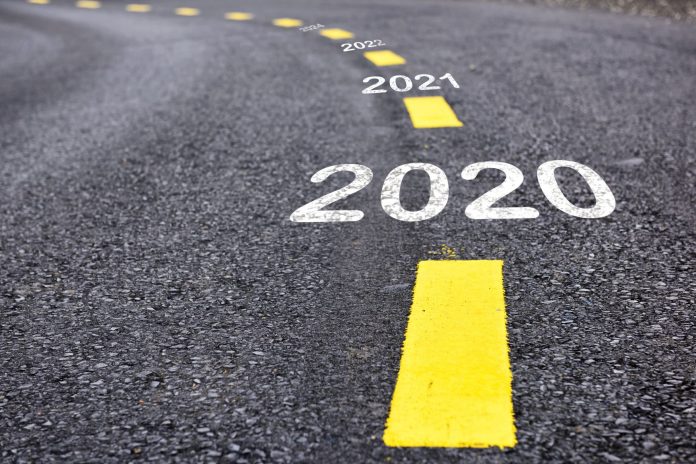2020 has been an unprecedented year in the history of the global economy. Unlike an economic crisis triggered by an oil price shock or financial market turmoil, the current crisis was the result of a health crisis. To contain the spread of the virus, economies across the globe were put on a complete lockdown. As a result of the lockdown, economic activities were on standstill. And, IMF puts it as the ‘Great Lockdown’ much worse than the Great Depression of the 1930s. As per the latest estimates, IMF expects the global economy to contract by 4.4 percent, deeper than the contraction during the Global Financial crisis. There was a sense of uncertainty, and it prevails even now. Most of the economies witnessed high rates of unemployment, pay cuts, production cuts, and decline in discretionary spending.
For the Indian economy, the unprecedented crisis came with more pain. Indian economy was already passing through a phase of economic slowdown, and the pandemic induced crisis has only aggravated the situation. As per the estimates of IMF, Indian economy is expected to contract by 10.3 percent in 2020.GDP for the first quarter of FY21 contracted by 23.5 percent as the nationwide lockdown suspended economic activities for nearly two months. The major components of GDP, consumption and investment contracted by 27 percent and 47 percent, respectively in the first quarter of FY21. Though the contraction in the second quarter was less than expected, GDP contracting for successive two quarters has put the Indian economy in recession.
In response to the crisis, Government announced stimulus package under the theme ‘Atmanirbhar Bharat’. As the MSMEs were the worst affected, Government came up with various credit support measures to help them to stay in the business. For instance, Finance Minister announced INR 3 lakh crore collateral-free loans for business including MSMEs. The loans came with full government guarantee to encourage the banks to lend to businesses. Similarly, a fund of funds with a corpus of INR 10,000 cr has been set up for the MSMEs.
Most of the stimulus measures were devised in such a way to minimise the burden on the exchequer. Government upheld the principle of fiscal conservatism by not announcing any large-scale cash transfer schemes. The weak fiscal position forced the government to act very cautiously. In the first quarter of FY21, GST collection declined by 47 percent as the economic activities were on a standstill. Similarly, in an uncertain economic scenario, it would be difficult to achieve the disinvestment target. Government of India has even raised its gross market borrowing for FY21 from INR 7.8 lakh crore to INR 12 lakh crore to meet its revenue crunch.
The government utilized the crisis as an opportunity to announce some of the much-needed reforms. The reform measures such as the amendment of Essential Commodities Act, removing the barriers for farmers to conduct inter-state trade, opening up more sectors for private participation, enhancing the FDI limit in defence, etc are welcome measures. However, it needs to be stressed that the above reform measures would be beneficial to the economy only if there is an adequate ecosystem – whether it be policies, legislations, institutions, and even social cohesion – to support them. Let’s hope, 2021 would, bring more necessary structural reforms that could stir growth in these desperate times.








